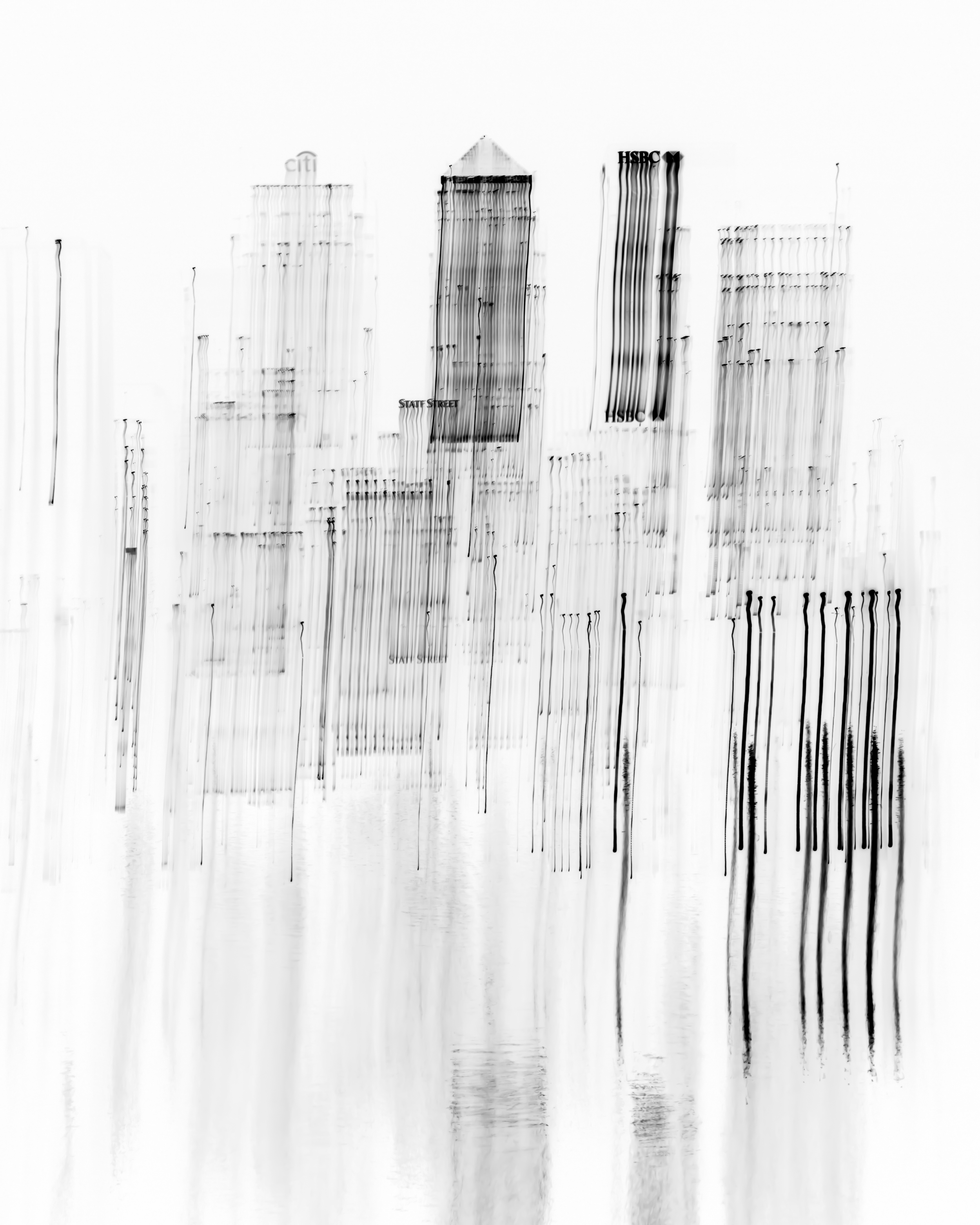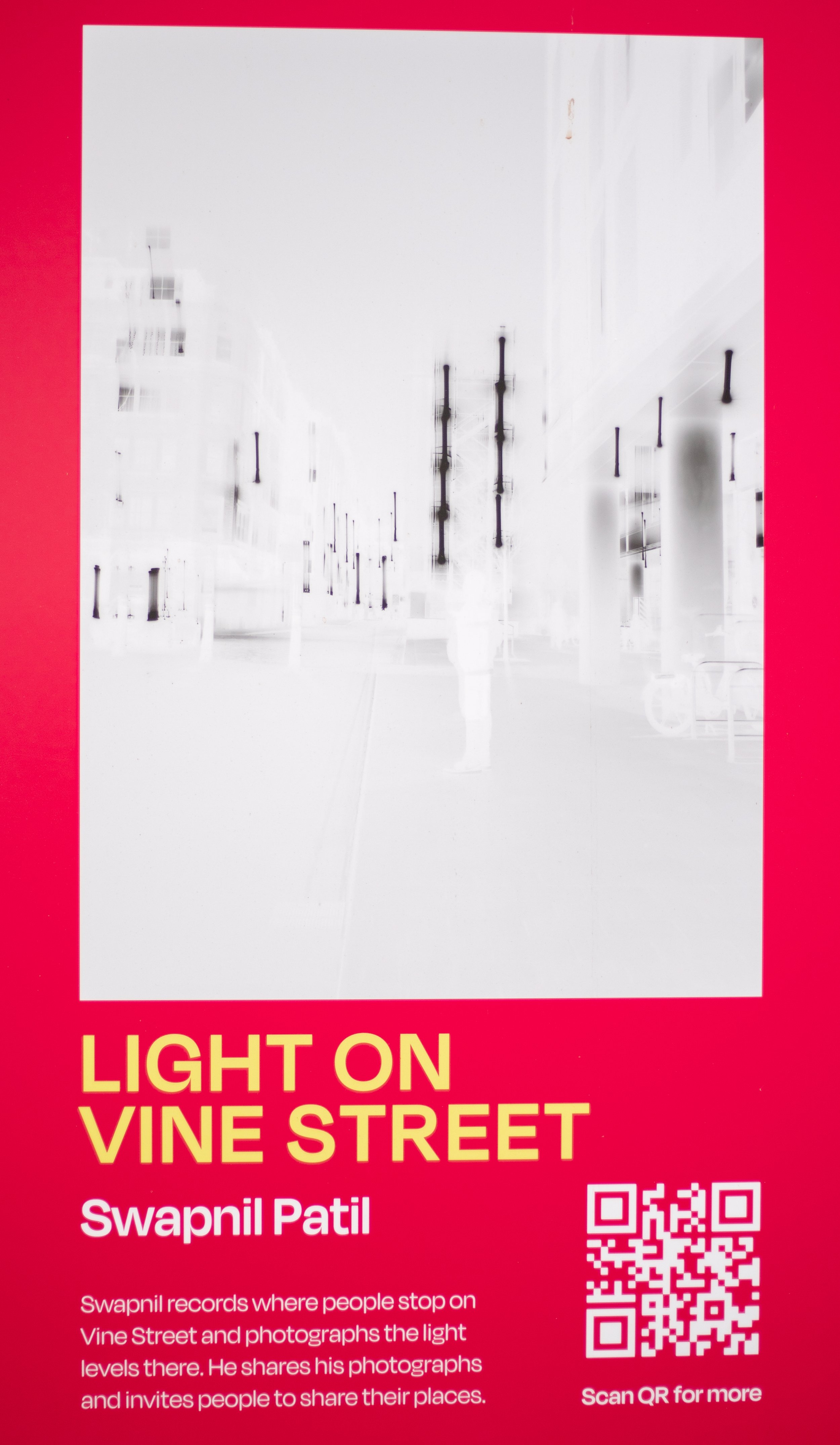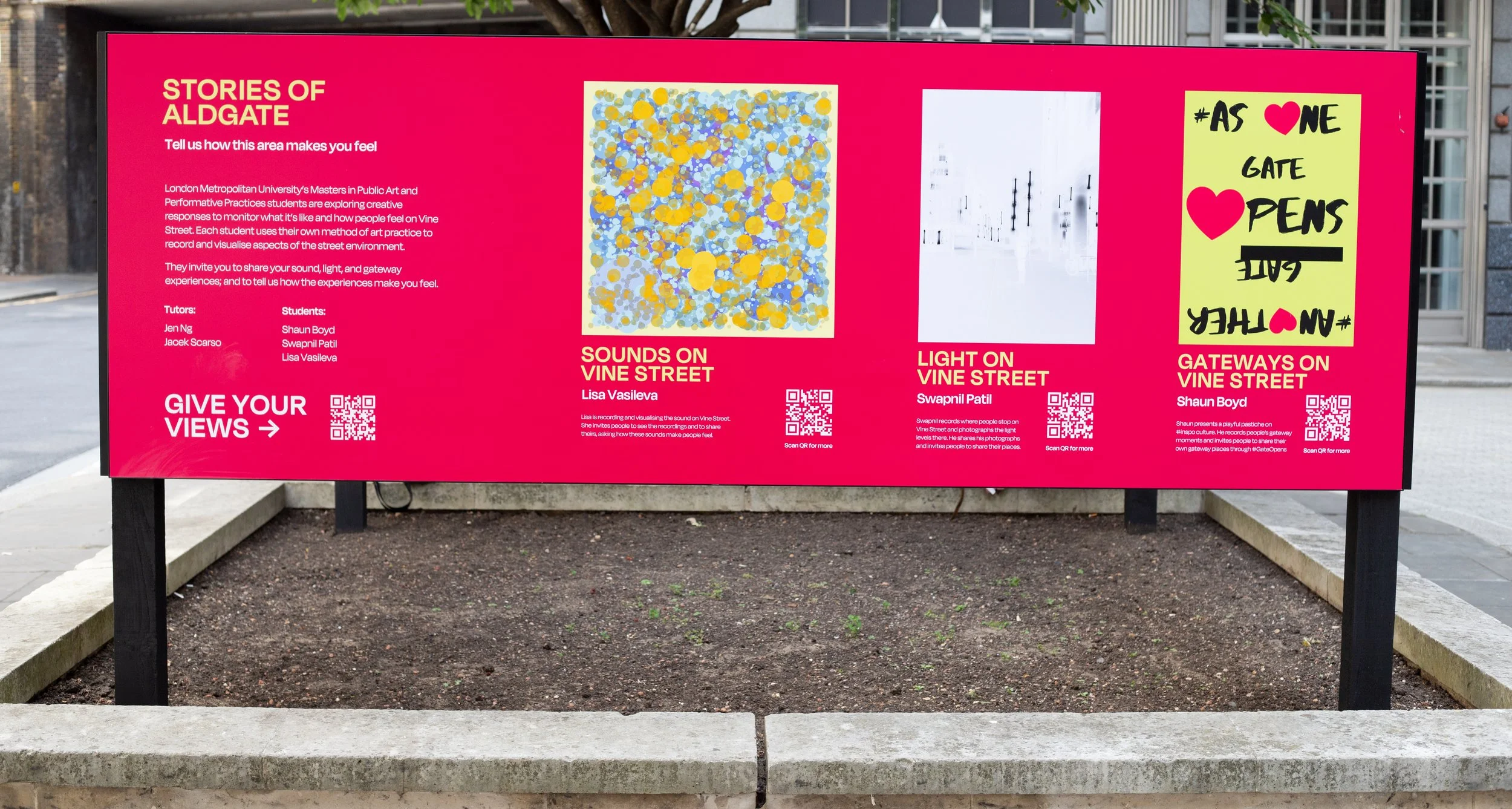“The Empty Spaces: Personal absolute space point”
The Empty Spaces: Personal absolute space point, 2020 - Present
Empty Spaces is an inquiry into presence and absence, time and space, silence, and structure. Through photography, I seek not merely to capture a scene but to reveal the emotional and metaphysical undercurrents that shape our interaction with the built environment.
It is a meditation on architectural isolation, constructed in response to modern cities that grow more vertical, fragmented, and emotionally distant. I explore liminal spaces—concrete corridors, underpasses, abandoned façades—where the silence speaks louder than any human presence. These photographs do not document urban architecture in the conventional sense; rather, they dissect the emotional texture of forgotten or overlooked corners of our cities. Absence becomes palpable, a character in itself.
These photographs capture the surreal essence of lockdown, delving into solitude and introspection within London's hushed vastness. Through evocative imagery spanning desolate urbanity, silent deserted streets, and cloistered life, it unveils humanity’s profound connection to man-made spaces. Each scene invites an exploration between self and empty spaces, a convergence of time and place as a "personal absolute space point" where existence feels both suspended and deeply resonant.
An ‘absolute space point’ emerges from the field of physics and relates to the idea of an unchanging, fixed reference point in space, the existence of an ultimate and unvarying spatial framework that serves as a backdrop for all events and objects.
In this realm, the concept of personal "absolute space points" offers a beacon of guidance. These pivotal moments serve as temporal coordinates, navigating us through our individual timelines. Memory becomes our vessel, enabling us to revisit and relearn the lessons that may have faded with time’s passage.
The photographs chronicle a transition from reality to a realm that’s both timeless and enigmatic—a space cold yet full of latent emotion, a space where the soul’s solitude intersects with isolated surroundings The empty expanses in pristine white echo a paradoxical amalgamation of restlessness and serenity. In stark contrast, the abstract strokes of paint, akin to lines, guide architecture seamlessly across the dimensions of time and space.
Inverse Chrono-Spatial Axis Shift departs from traditional notions of linear time and fixed space. It is an abstract intervention, where visual geometry and conceptual distortion merge to challenge how we perceive chronology, memory, and orientation. I manipulate architectural forms, reflections, and spatial relationships to suggest alternate dimensions—collapsing past, present, and future into singular, flattened frames. The result is a quiet unravelling of modernity’s myth of forward motion.
These works are deeply influenced by my lived experience between New Delhi and London—two cities marked by rapid transformation, historical weight, and contrasting spatial sensibilities. The lens through which I view these urban landscapes is informed by postcolonial displacement, ecological fragility, and personal longing. I am interested in the emotional residue of places: what gets left behind in the name of development, what histories are silenced in the pursuit of architectural ambition.
In an age of overstimulation, my work leans toward minimalism—not as an aesthetic alone, but as a philosophical gesture. It asks the viewer to slow down, to dwell in stillness, and to engage with what remains unsaid. The emptiness is not void; it is full of echoes. These photographs become sites of introspection, inviting a reconsideration of time not as a linear progression but as something warped, cyclical, and deeply subjective.
At the core of my practice is a desire to question what it means to witness—to truly see. By collapsing the architectural and the emotional, the temporal, and the spatial, I aim to create images that resonate beyond the visual. They are fragments of a larger dialogue about disconnection, memory, and the fragile relationship between humans and the spaces we inhabit.
To extend this encounter beyond the still image, I invite you to invert the colours of you phone.
To invert colours on your Android phone, navigate to Settings > Accessibility > Color and motion > Colour inversion and enable "Use colour inversion". On iPhones, go to Settings > Accessibility > Display & Text Size and toggle on "Smart Invert" or "Classic Invert".
Then, by opening a camera on your phone, which will lead to an interactive digital component of the project.—where time shifts, motion unfolds, and the viewer becomes an active participant in navigating spatial memory. The digital space mirrors the themes of the physical work, offering new ways of witnessing and interpreting the unseen.
This highly contagious virus transformed the city and much of the world into a desolate, silent place.
Skyscrapers went dark, and power saver lights came on,
People adopted a virtual world where they no longer met physically.
Many lost their education,
Many didn’t get any jobs,
Many were depressed, lonely, and suicidal,
Many became addicted to alcohol or drugs,
Many could not say goodbye,
Many were isolated in their last days,
Many lost their lives,
Many never had funerals,
Keep your distance, or better, stay at home,
That was the plea from the government.
It is the fall of an era.
LOCKDOWN I - THE URBAN DESERT
LOCKDOWN II - THE CHRISTMAS
LOCKDOWN III - THE STUDENTS
PERSONAL ABSOLUTE SPACE POINT
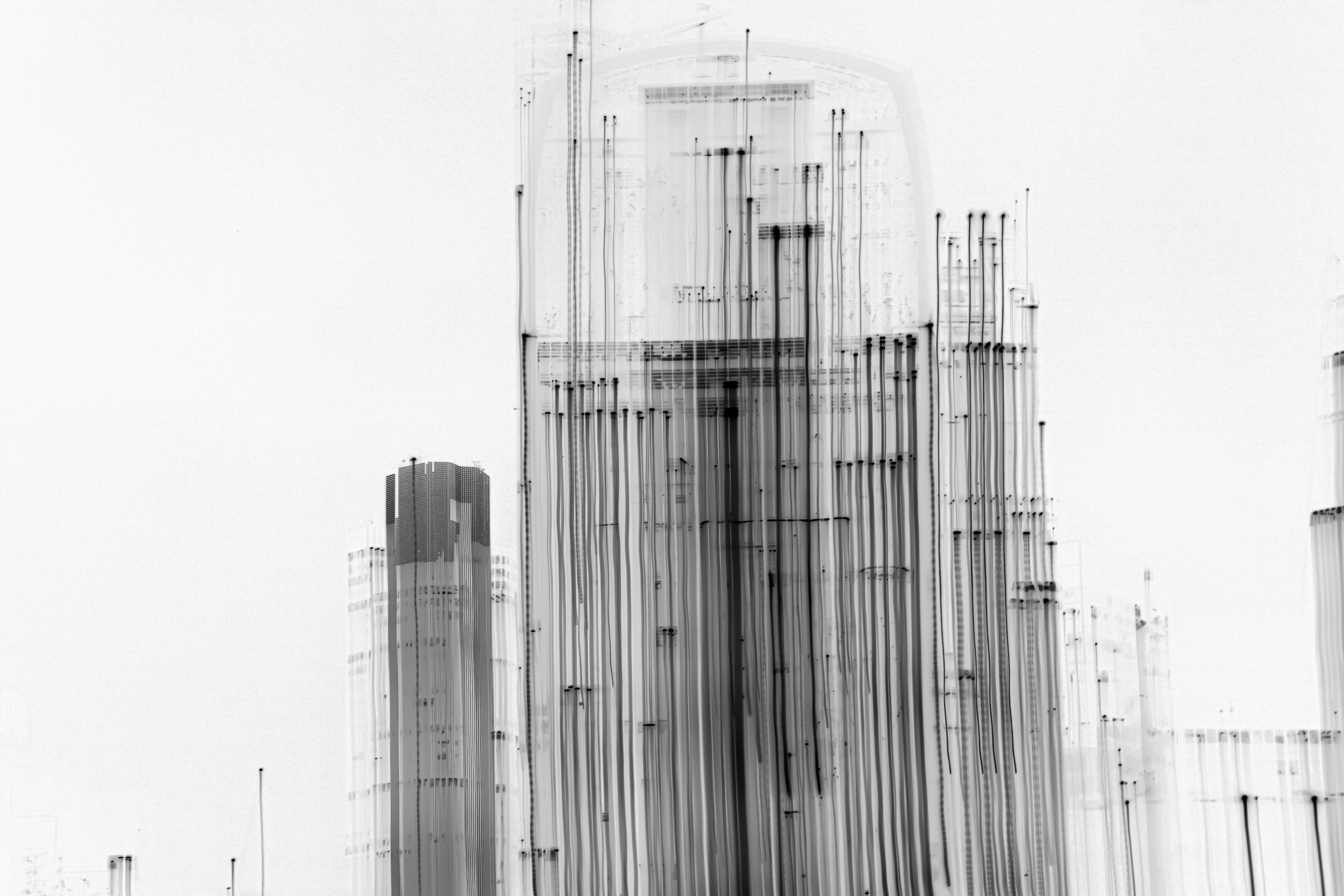
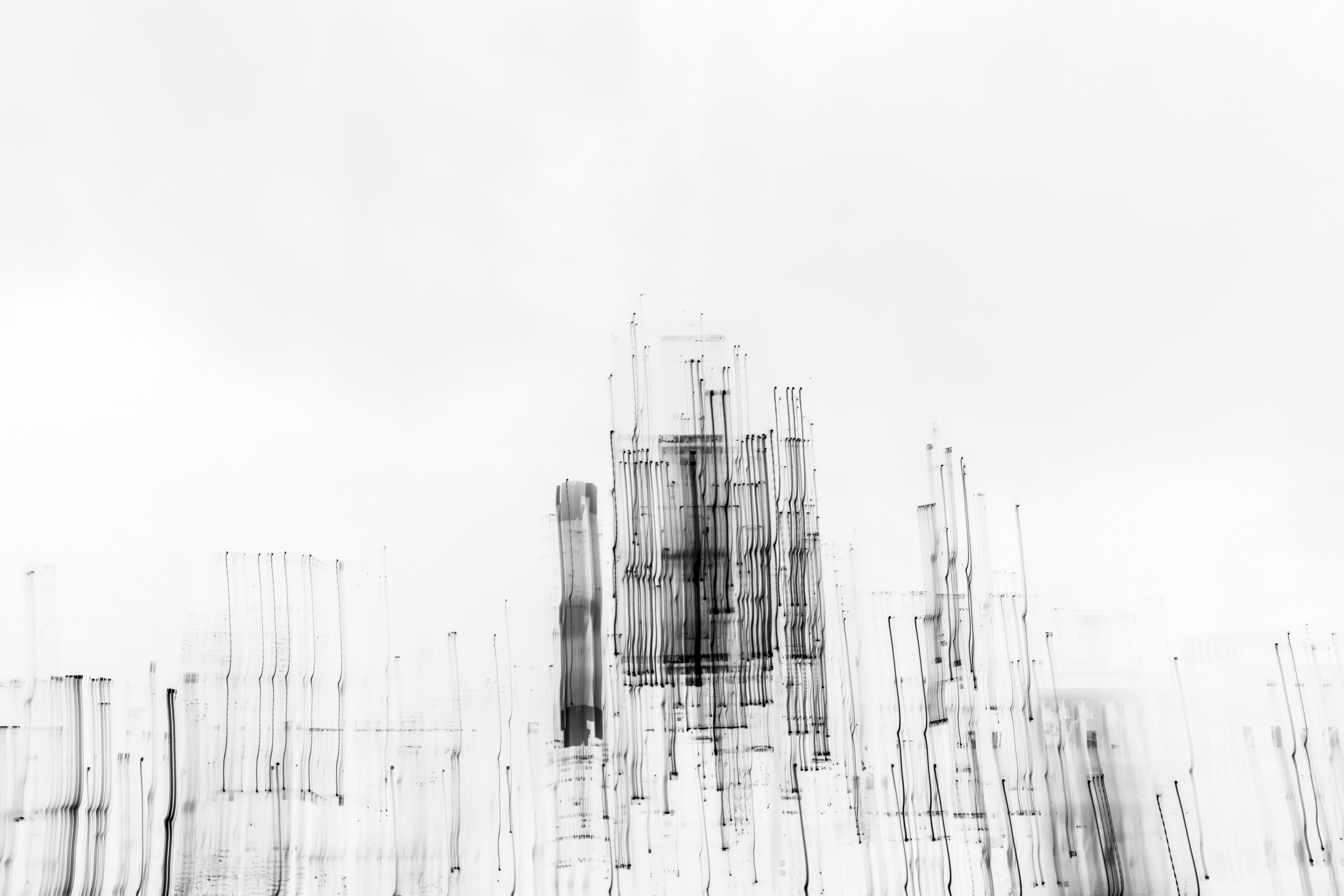

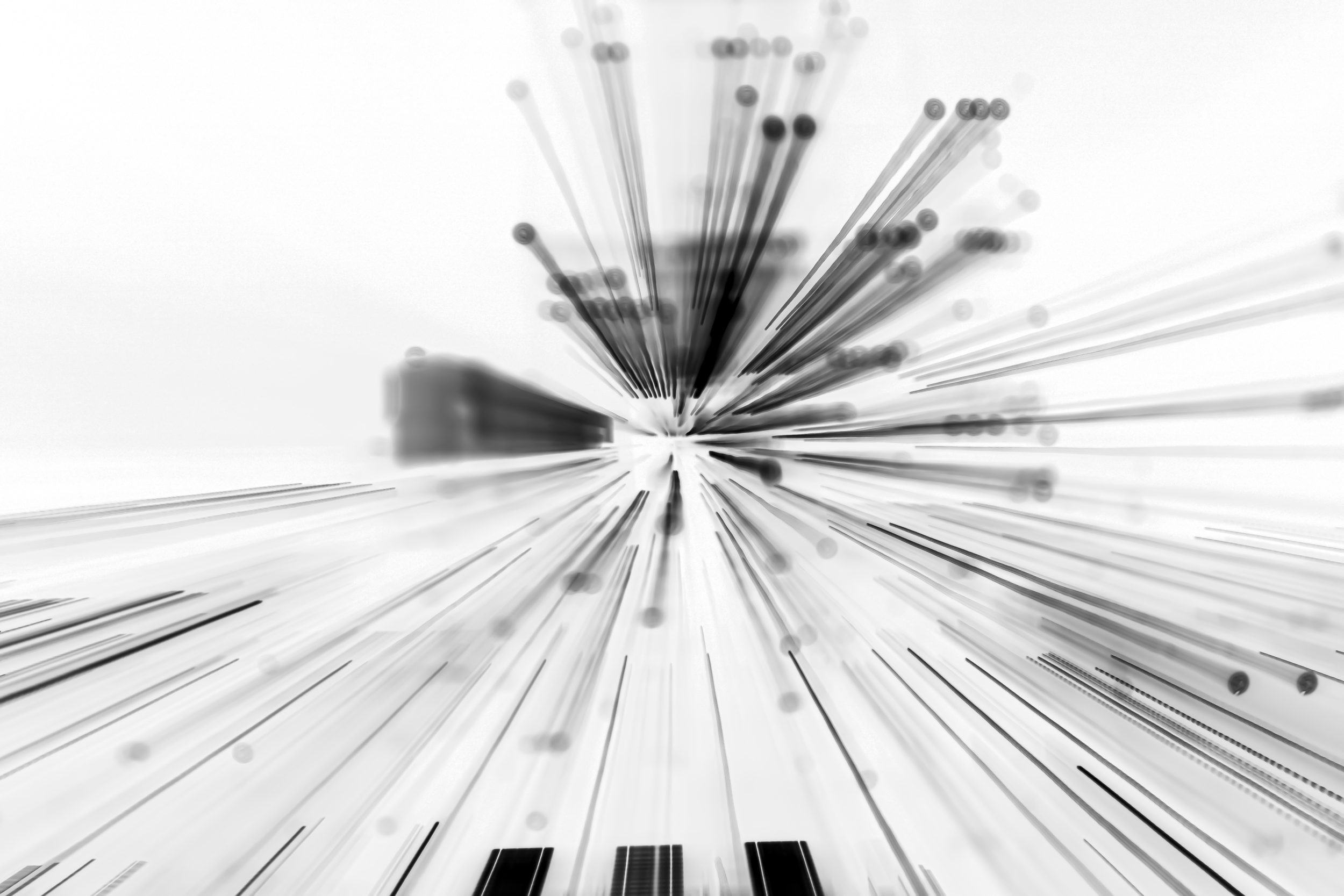

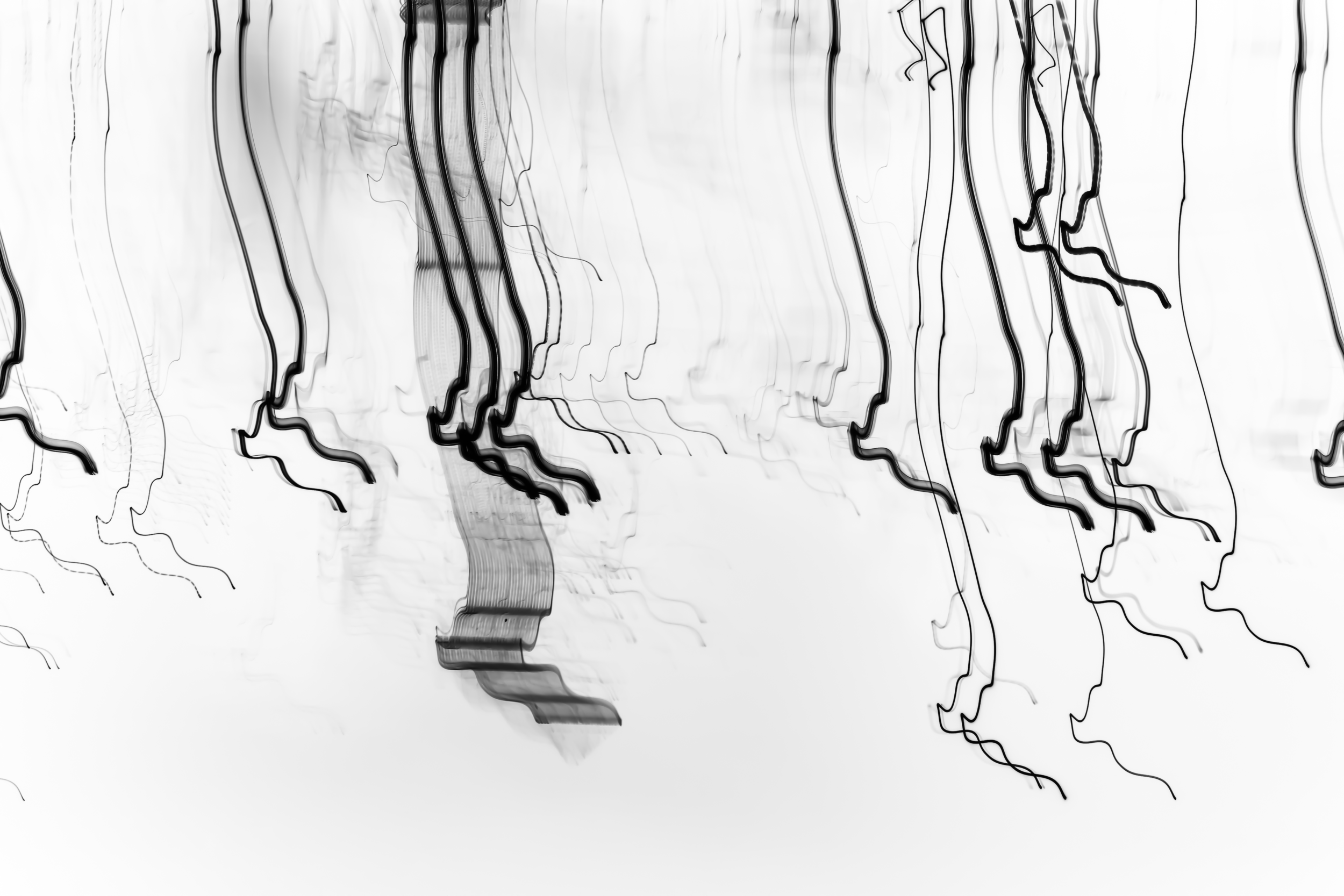
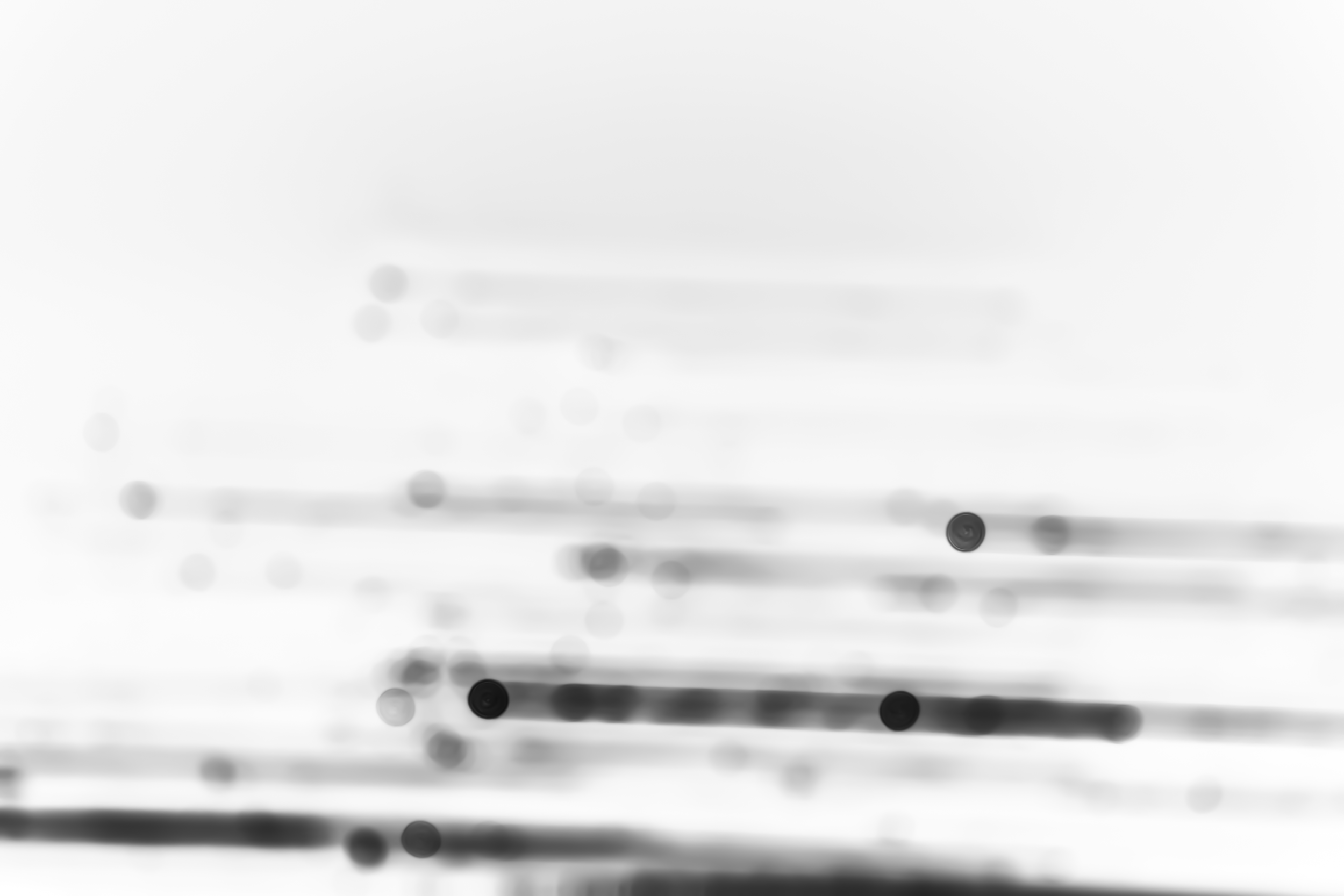
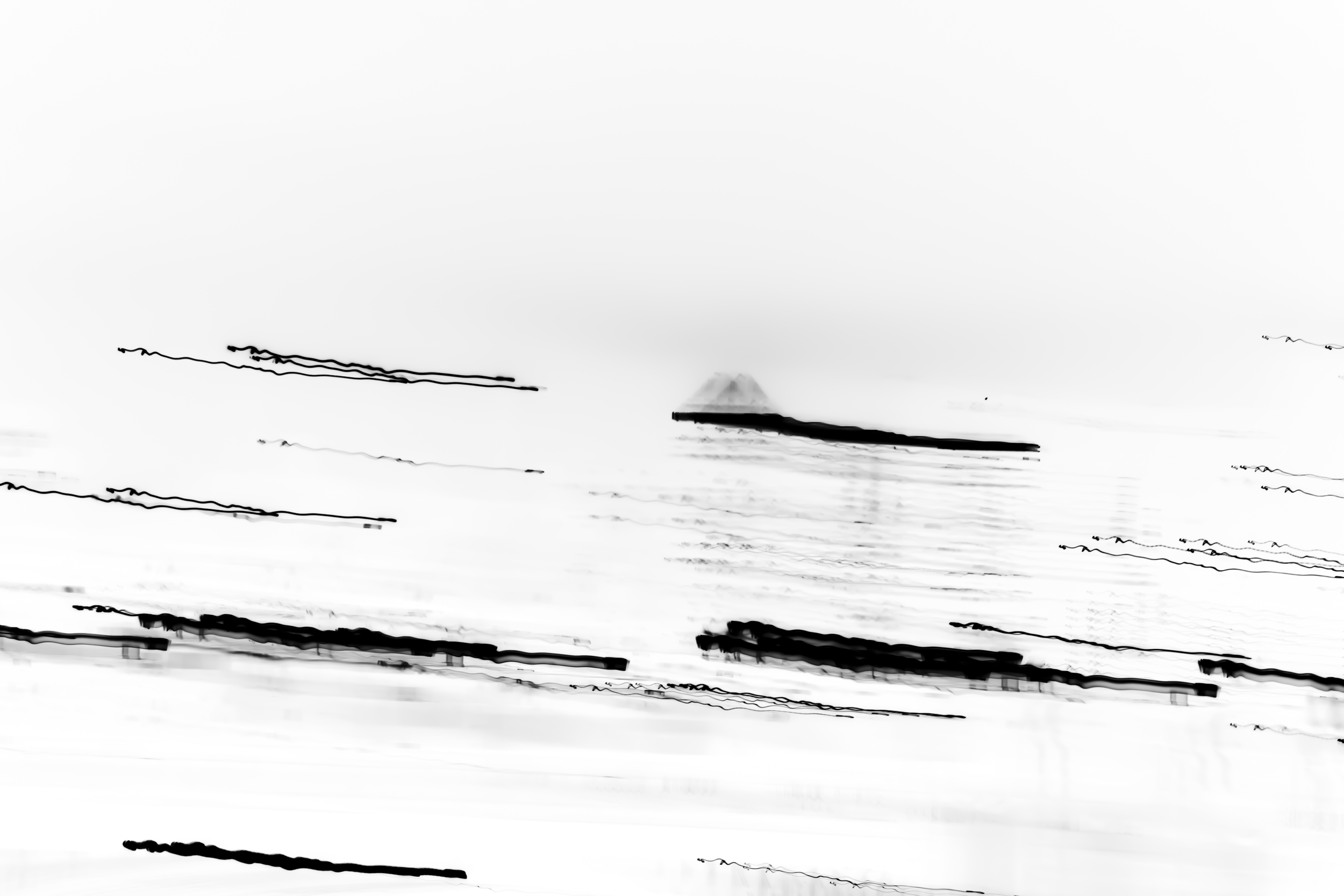

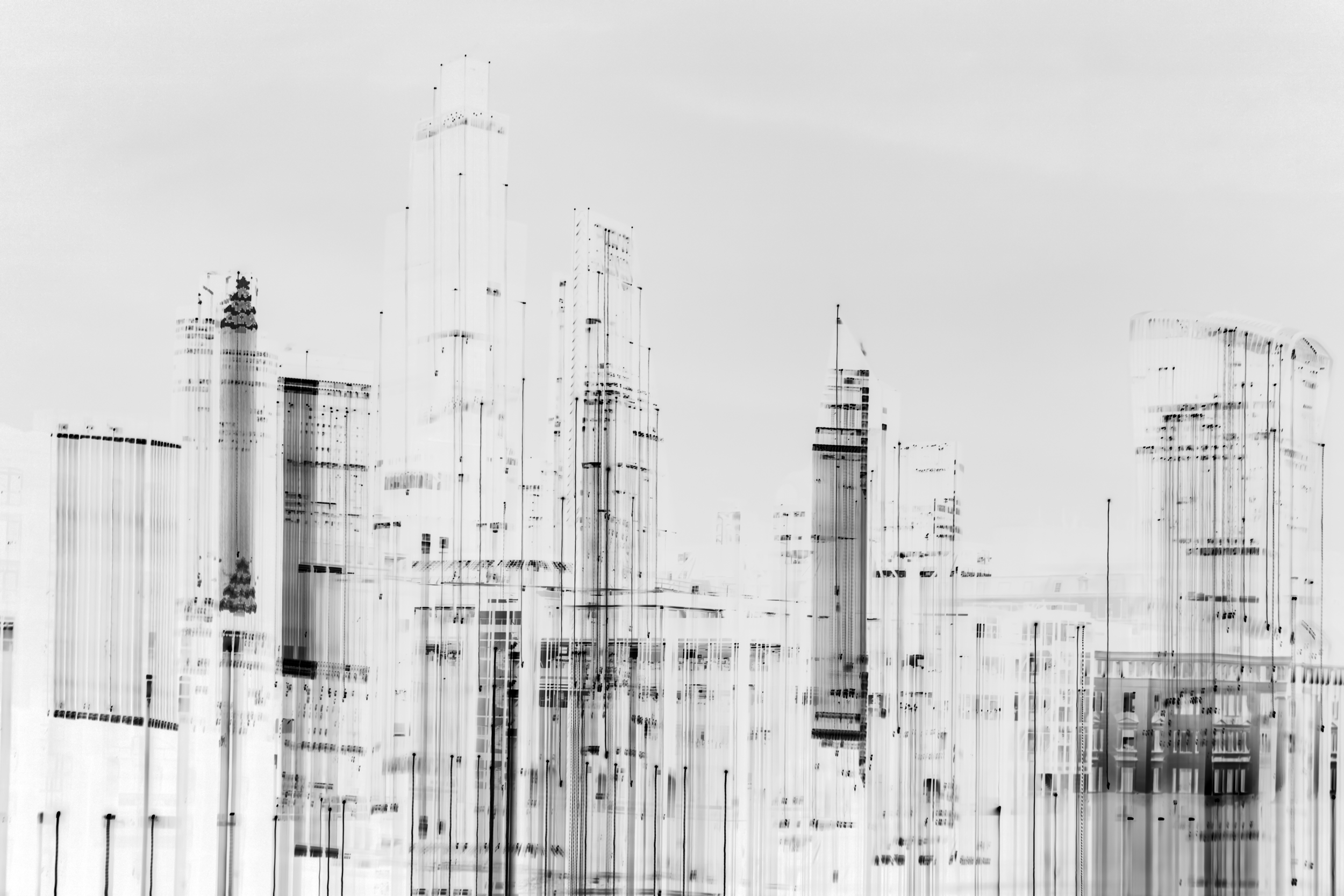
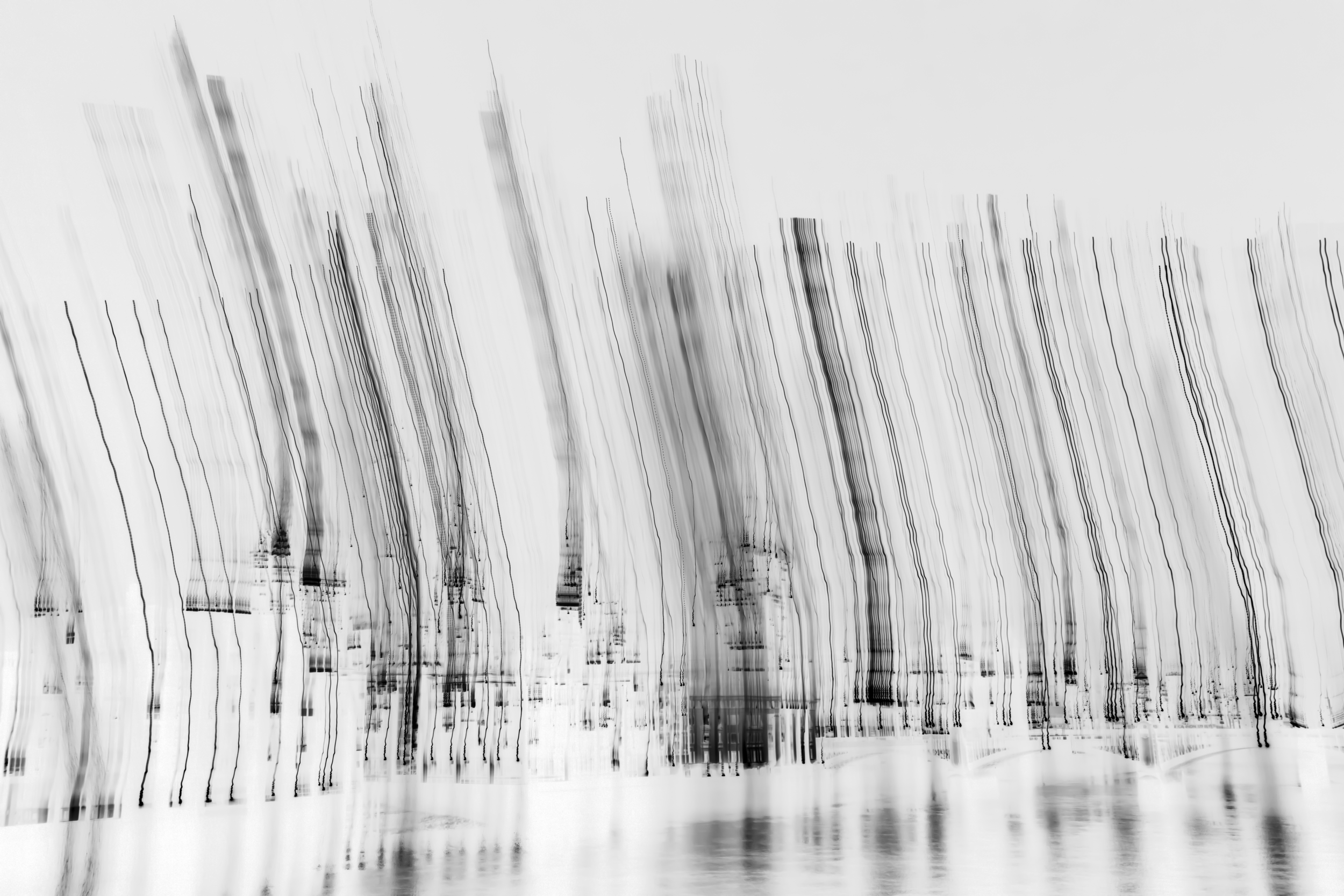

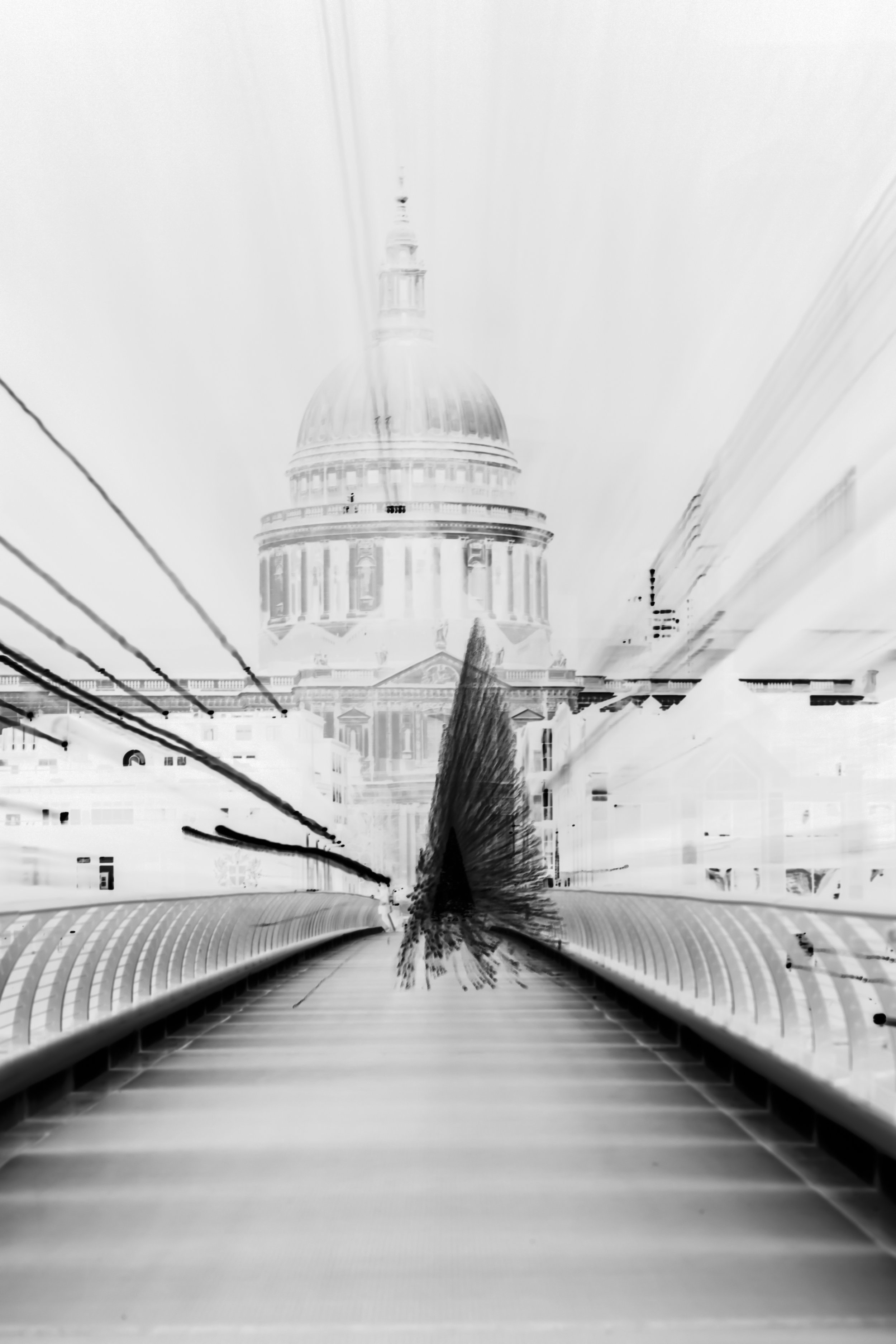



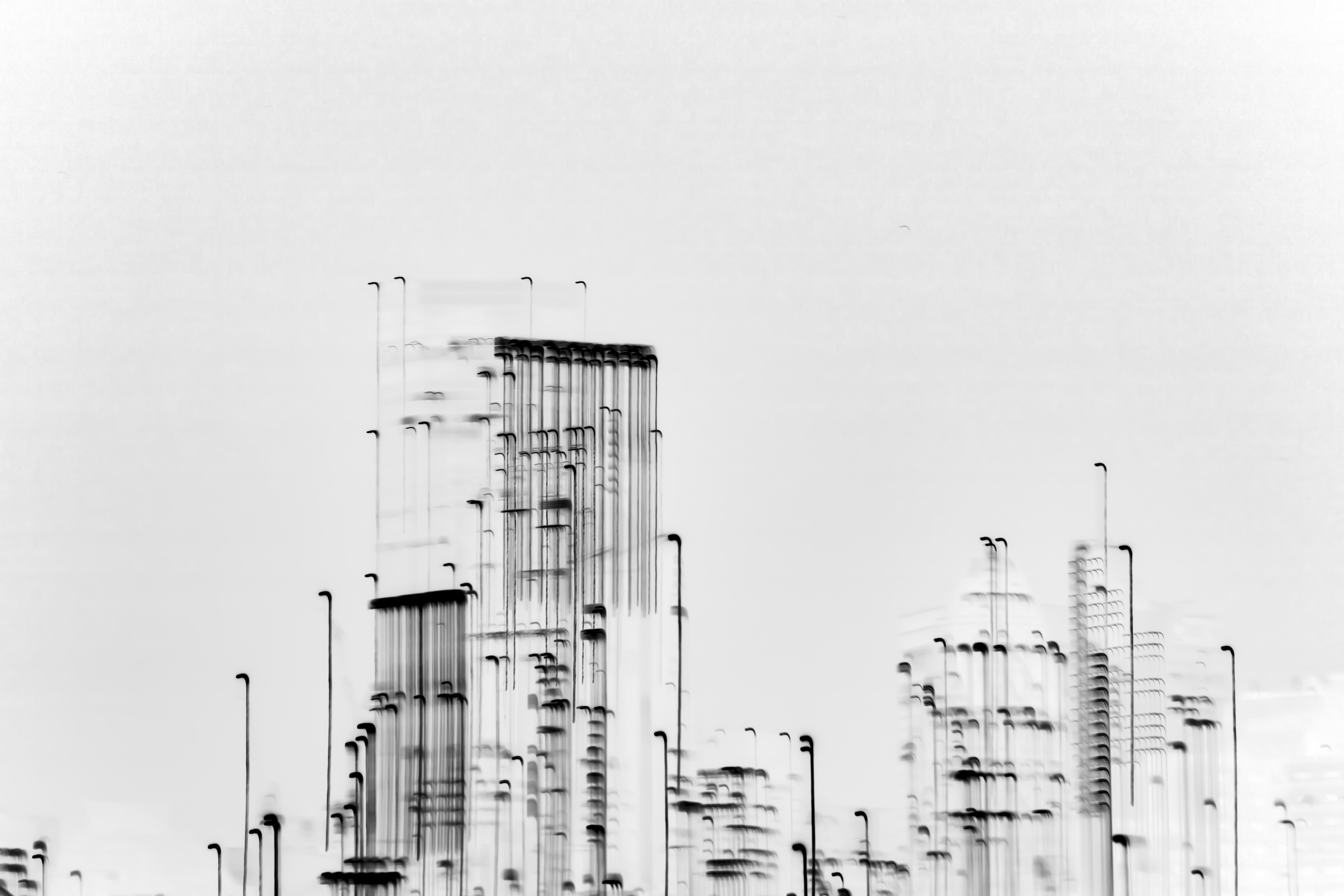
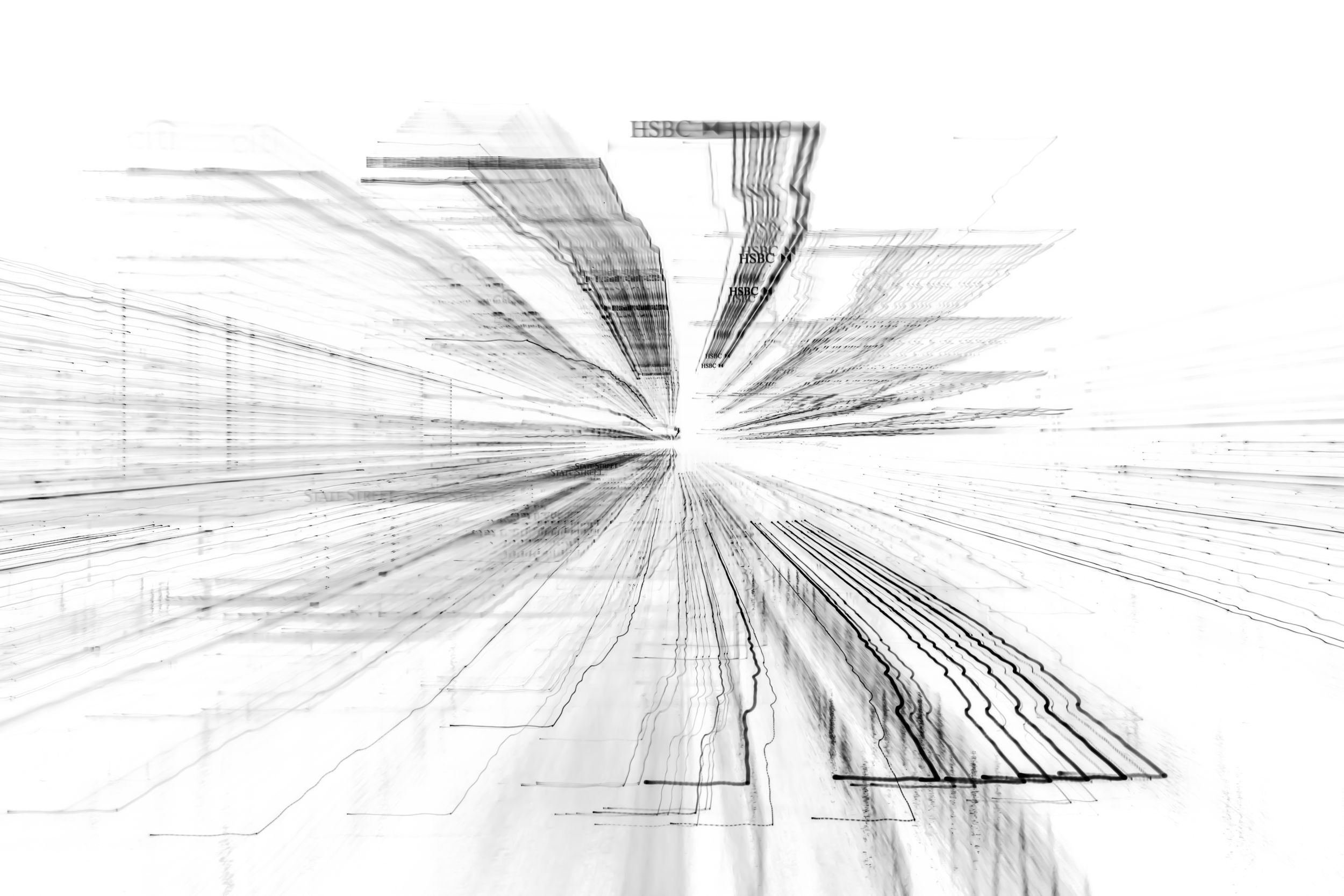

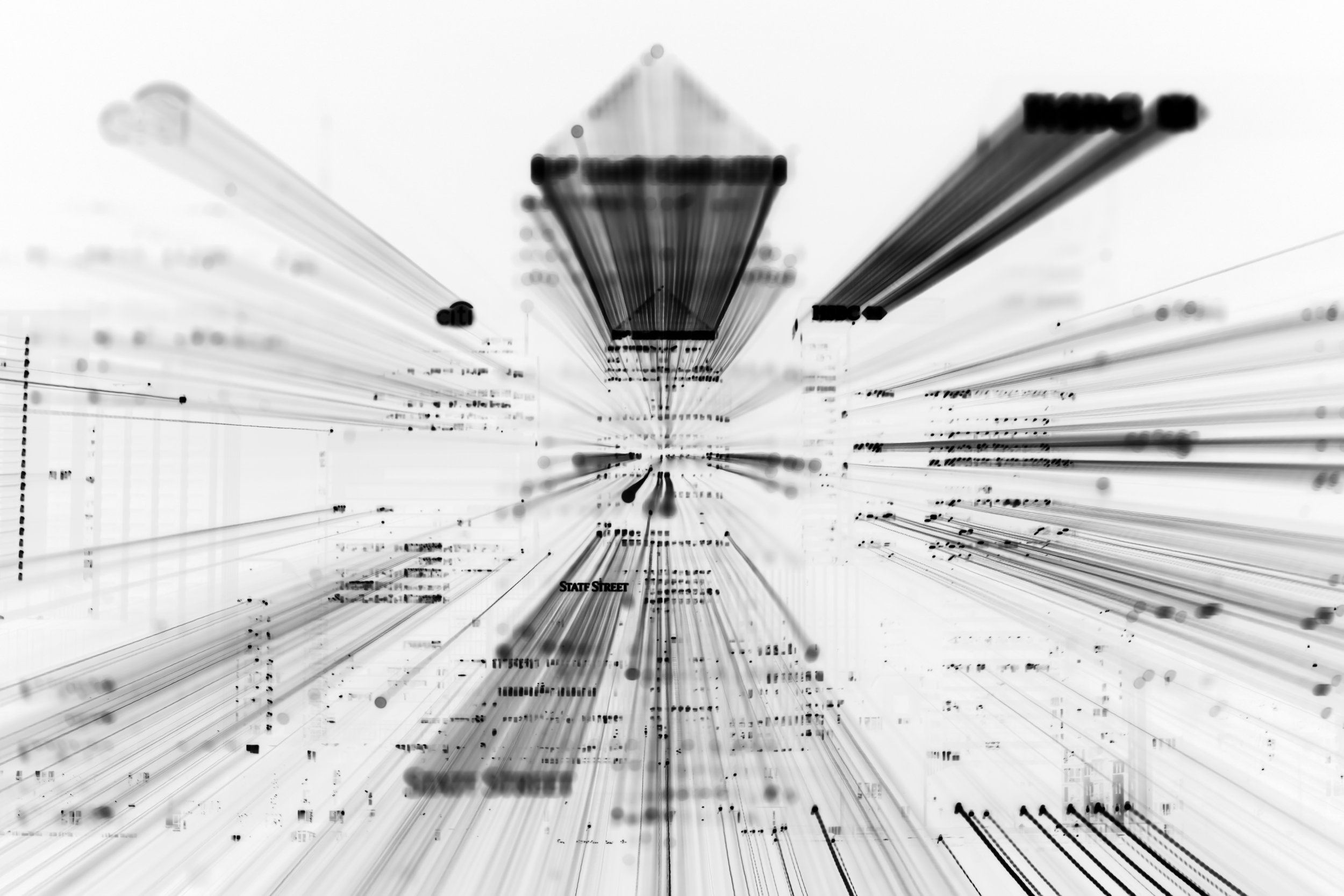

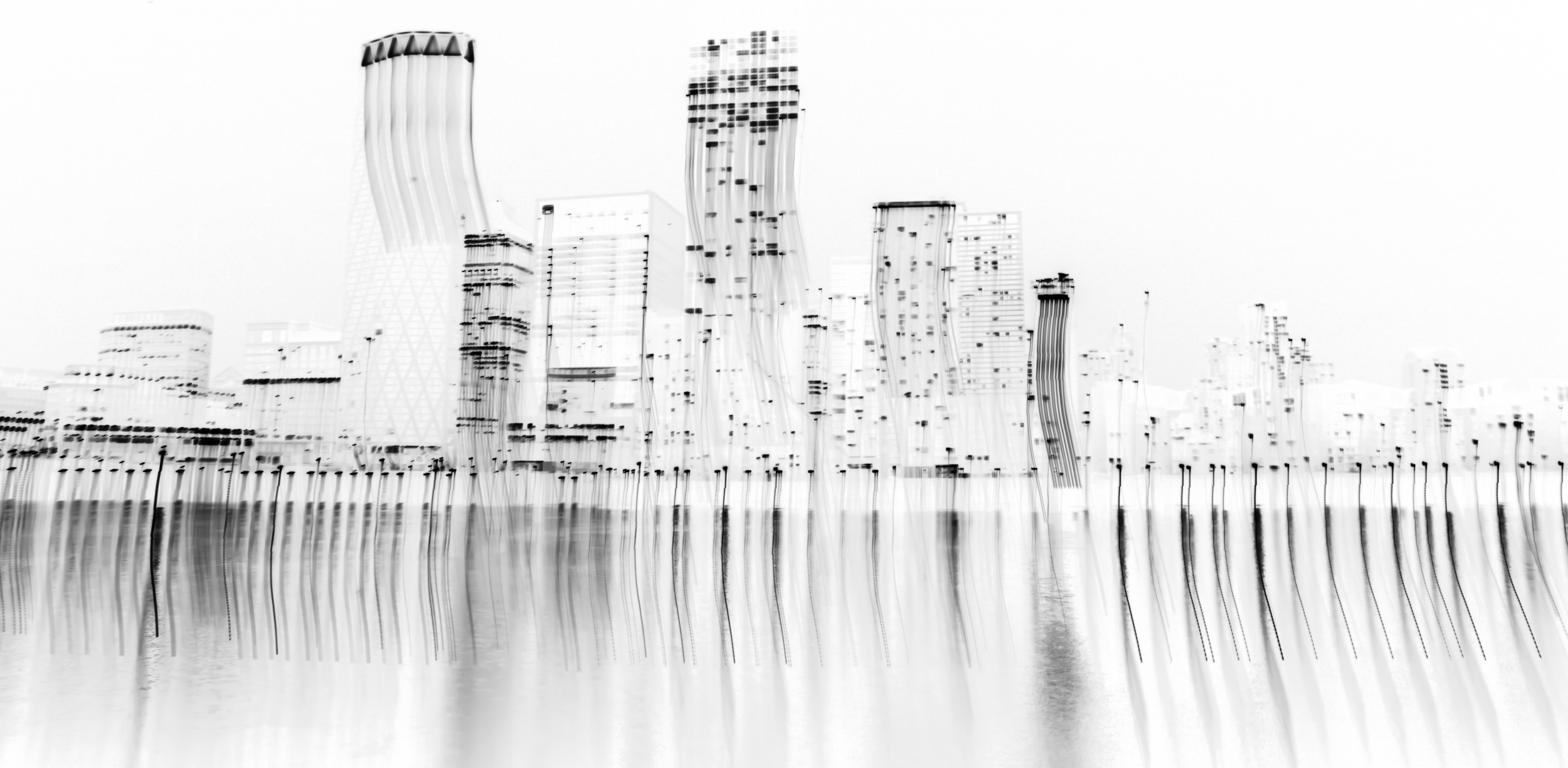



Displayed at Copeland Gallery,
June 16, 2021
Unit 9I, Copeland Park, 133, Copeland Rd,
London SE15 3SN
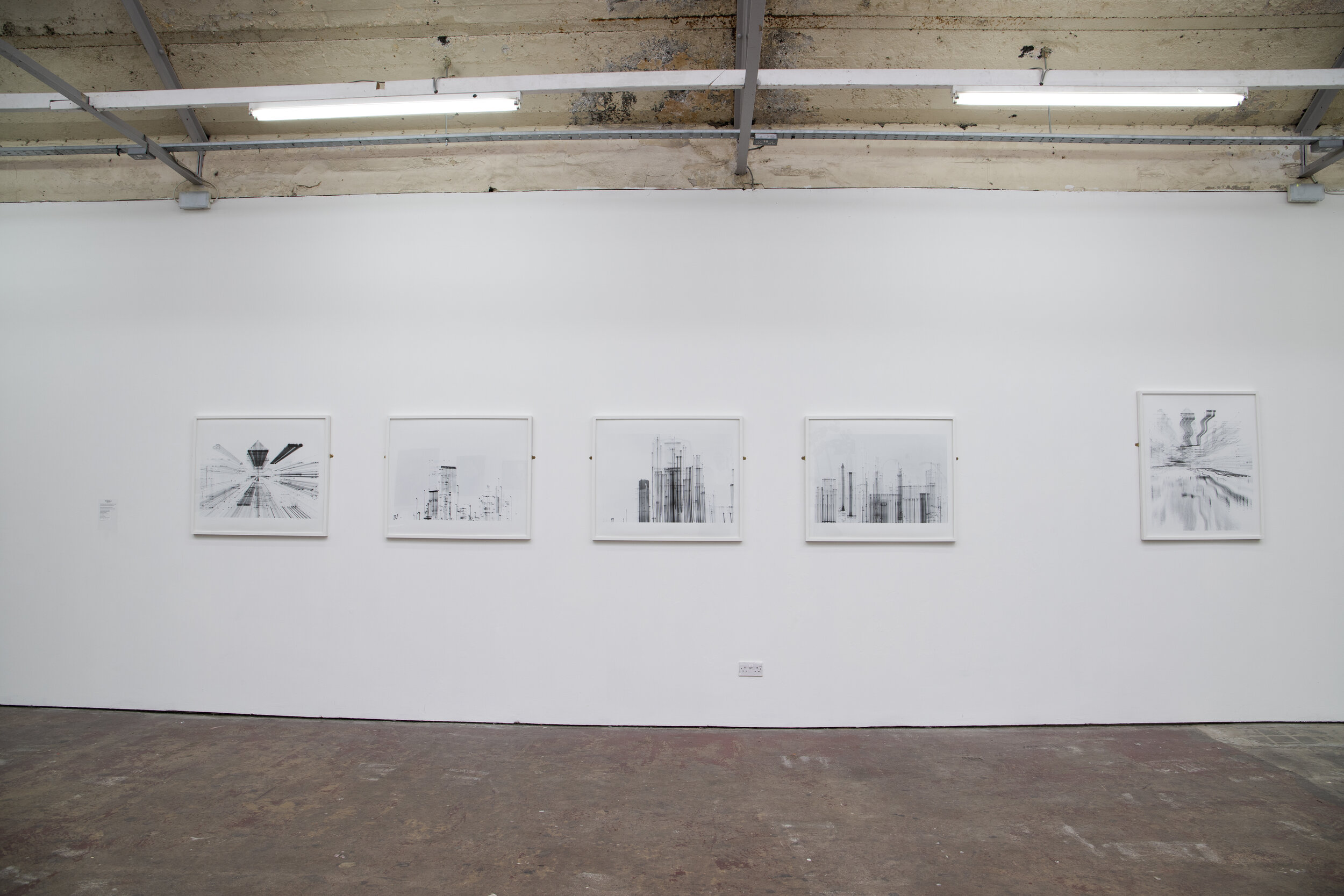
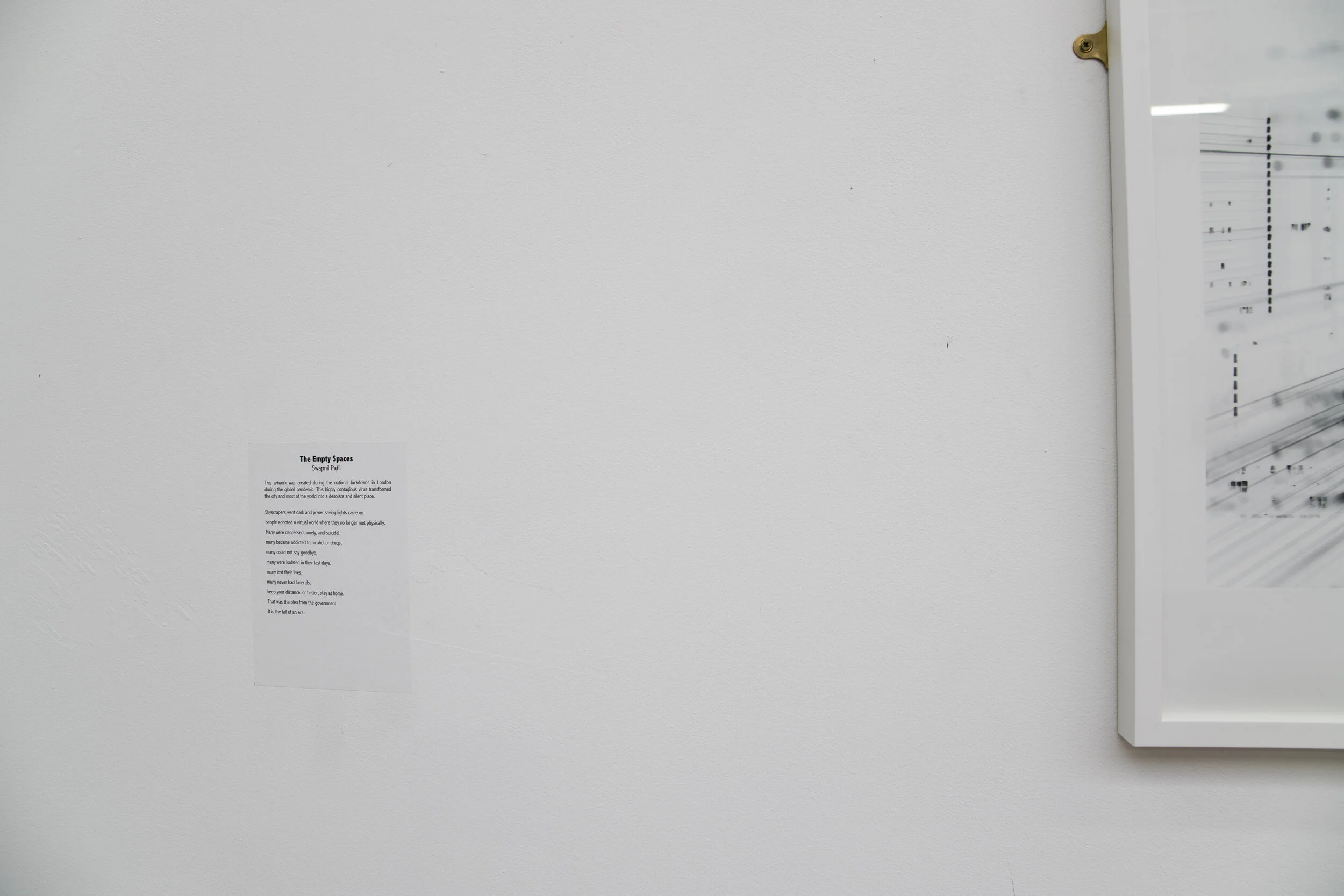

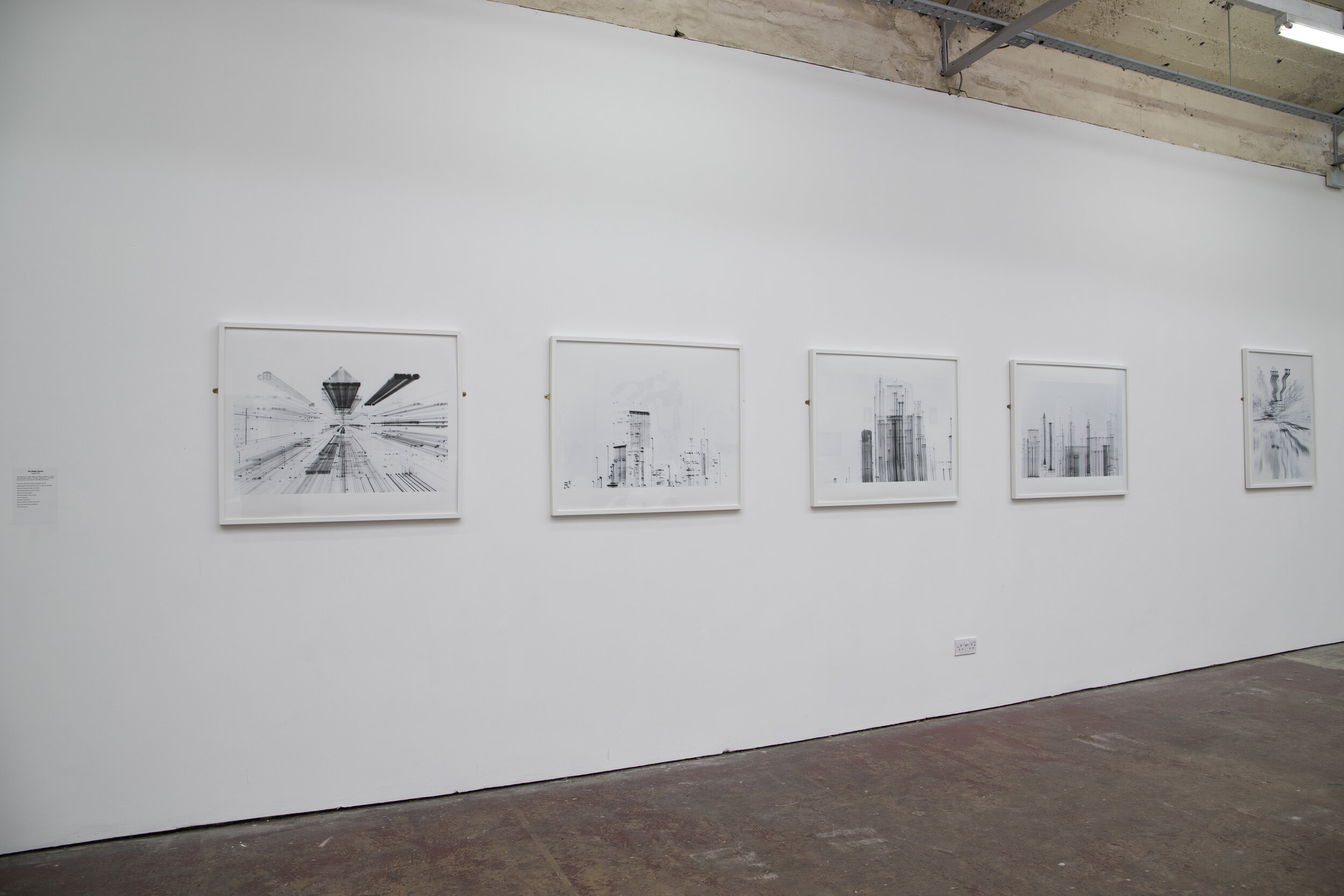
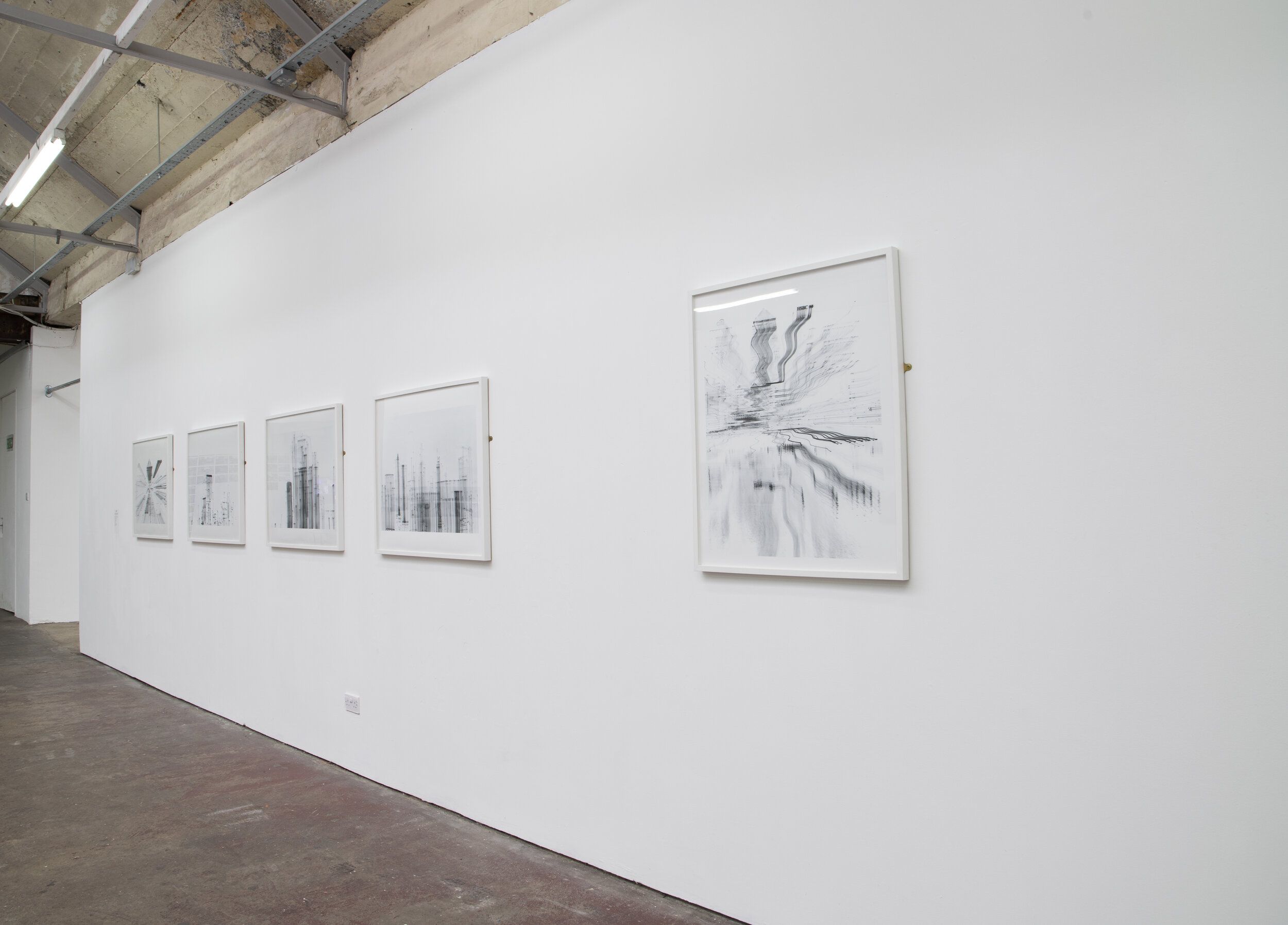
Displayed on Vine Street,
America Square, London EC3N 2LR.
24 June 2025
Empty Spaces: Lights of Vine Street
Part of Stories of Aldgate
Created with the help of Aldgate Connect BID, LMU, Heard Storytelling, Migration Museum, Urbanestuk, and the City of London Corporation’s Community Infrastructure Levy Neighbourhood Funds.
The Empty Spaces: Personal absolute space point
Displayed at the Holy Art Gallery
Noho showroom,
67 Great Titchfield Street, W1W 7QA
28th June 2025
The Empty Spaces: Personal absolute space point
12th–21st September 2025
Displayed at Hat Factory Arts Centre, Luton
Part of Hidden in Plain Sight, a community photo exhibition celebrating Luton’s architectural character through overlooked details — tiled doorsteps, carved plaques, decorative brickwork, fading signs and more.
Presented as part of Heritage Open Days 2025 by The Culture Trust Luton.
Supported by Arts Council England (Lottery Fund), Luton Rising, and AHF Transforming Heritage.
The Empty Spaces: Personal Absolute Space Point
10th October 2025
Displayed at The Art House, Wakefield
Part of Auto Amor Vol.2, an exhibition of 100 artists presented through the Art Swap event.
Organised by Auto Amor
Supported by Auto Amor Project and Filthy Fox Auction Club




















